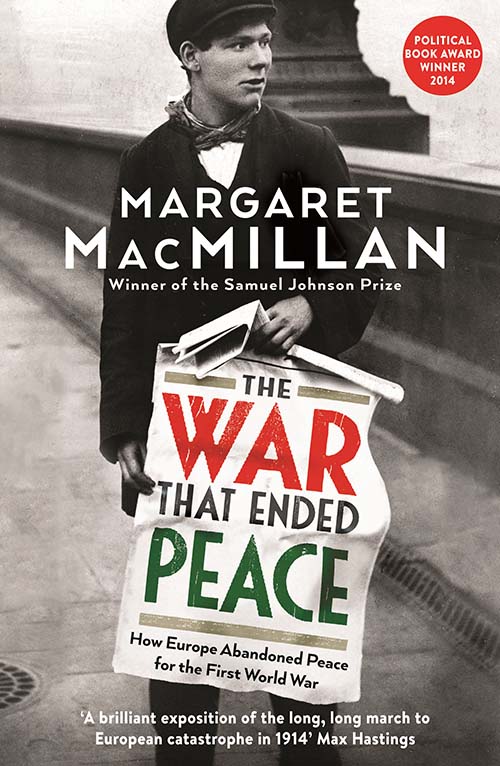
One of the ironies in this conviction was that among the technological advances of the age, the innovation of modern armaments - the machine gun, poison gas, the Dreadnought-class battleship and, soon, the airplane that is, the weapons of mass destruction of the time - were so frightening that no nation would risk using them. More broadly, the exposition celebrated the universal certainty that progress was so pervasive as this new century dawned that the kind of total wars that had wasted Napoleonic Europe a century earlier were impossible to occur again. The various pavilions of the invited nations were an all-encompassing display of progress - electric dynamos were displayed along with the first X-ray machines, moving-picture projectors and advances in education, public health and food preservation. It also was a celebration of the spectacular advances that Western culture generally had scored in science, technology and social reform. It assuaged the French military humiliation at the hands of the Prussians 30 years earlier, and showcased the marvels of the nation and its colonial possessions. This was an important international event for several reasons. MacMillan begins her story with a scene-setter - the Paris Universal Exposition of 1900. Rather than rivals and despite their differing interpretations on the question of Germany’s responsibility for the war, I consider them colleagues whose books are companion pieces worthy of permanent shelf space in any library. Both have a keen eye for the telling personal anecdote, and each has an easily accessible writing style that carries the reader through what are, by necessity, long strolls through a complicated story. MacMillan is at her best on the diplomats and politicians. He is a celebrated war correspondent who emphasizes the role the general staffs of the rival governments played.

MacMillan approach their history from different perspectives.

It starts earlier, in 1900, and walks us through the slow, steady but far from inevitable deterioration in the reasoning of a handful of decision-makers as each step taken led everyone else to opt for military solutions to what were still political problems. As we approach the 100-year anniversary of that conflict, the lay reader would do well to start a study of that countdown with Ms. His “Catastrophe 1914: Europe Goes to War” is a superb examination of the nine months leading up to the outbreak of World War I. In an earlier review, I recommended British historian Max Hastings’ most recent study of part of the same period.


 0 kommentar(er)
0 kommentar(er)
